We receive feedback from customers who use our apps, online therapy, and devices every day. Here are a few testimonials from people like you about their experience with Lingraphica.
Get the latest news, updates, and tricks from the Lingraphica team. Our clinical, reimbursement, and marketing teams will bring you the most up-to-date information about aphasia, speech therapy, stroke rehabilitation, and communication disorders. Check back often for new content!
October is AAC (Augmentative and Alternative Communication) Awareness Month! It is important to take time this month to celebrate and bring awareness to all the different ways that we communicate! The American Speech-Language Hearing Association (ASHA) estimates that more than 2 million people use some form of AAC.
Aphasia, Lingraphica Technology
By Amanda Gunn, M.Ed, CCC-SLPLingraphica Co-founder and Chief Scientist, Dr. Richard Steele, summarizes the findings of a team of investigators at academic and rehabilitation centers in The Netherlands, Warwick University (UK), and La Trobe University (Australia). The team reports how gestures are used communicatively by persons with aphasia (PWA). Their research focuses specifically on gesture types and representation techniques that convey information which is absent in the speech of the PWA during communicative transactions—that is, in their terminology, “essential gestures.”
As an SLP, I enjoy planning therapy activities around a theme of the day, week or month. Lingraphica offers and is currently developing new tools and resources to make this easier to do. Read on to see examples of our free offerings that you can add to your therapy repertoire.
Aphasia, Support Groups, Lingraphica Technology
By Faye Stillman, MS, CCC-SLP/ATPWe receive feedback from customers who use our apps, online therapy, and devices every day. Here are a few testimonials from people like you about their experience with Lingraphica.
Aphasia, Lingraphica Technology
By Angie MaherAugmentative and alternative communication (AAC) devices are at the core of what Lingraphica offers to those with aphasia and other speech disorders. You may know that we offer three devices, but do you know what the differences among them are? More importantly, if one of your clients could benefit from a device, do you know which one would best suit him/her? Read on to find out!
Aphasia, Lingraphica Technology
By Angie MaherLingraphica Co-founder and Chief Scientist, Dr. Richard Steele, summarizes the findings of a team of investigators from Ohio, Texas, and Alabama regarding discourse-based changes within the utterances produced by persons with aphasia who are engaging in constraint-induced aphasia therapy (CIAT). The goal of the research was to establish change patterns during CIAT participation.
Lingraphica Co-founder and Chief Scientist, Dr. Richard Steele, summarizes the findings of a study from Cincinnati, OH and Birmingham, AL regarding behavioral and neurophysiological changes in persons with chronic aphasia following training and use of a high-tech AAC device with speech output.
A diagnosis of aphasia is one most people do not expect, let alone fully understand. Whether aphasia is a result of stroke, illness, or injury, it can be overwhelming for both the person affected as well as their loved ones. Read on for Lingraphica’s new guide that provides information and resources.
Caregiver, Aphasia, Recovery and Resources
By Angie MaherIf you know someone with aphasia, you likely know that communication can be difficult for him or her. So Lingraphica has compiled a list of seven quick tips for communication partners to make conversations easier for both parties.
Caregiver, Aphasia, Recovery and Resources
By Angie Maher

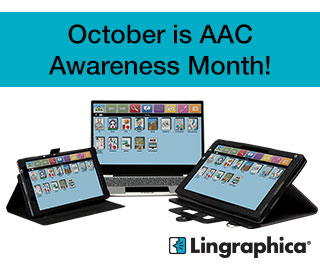
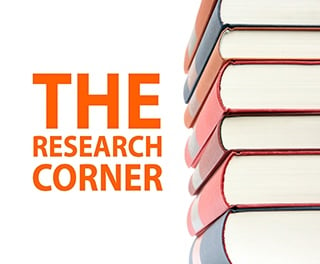
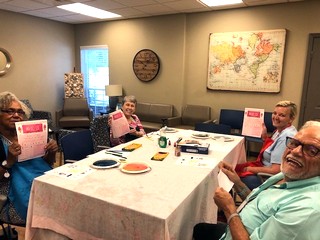
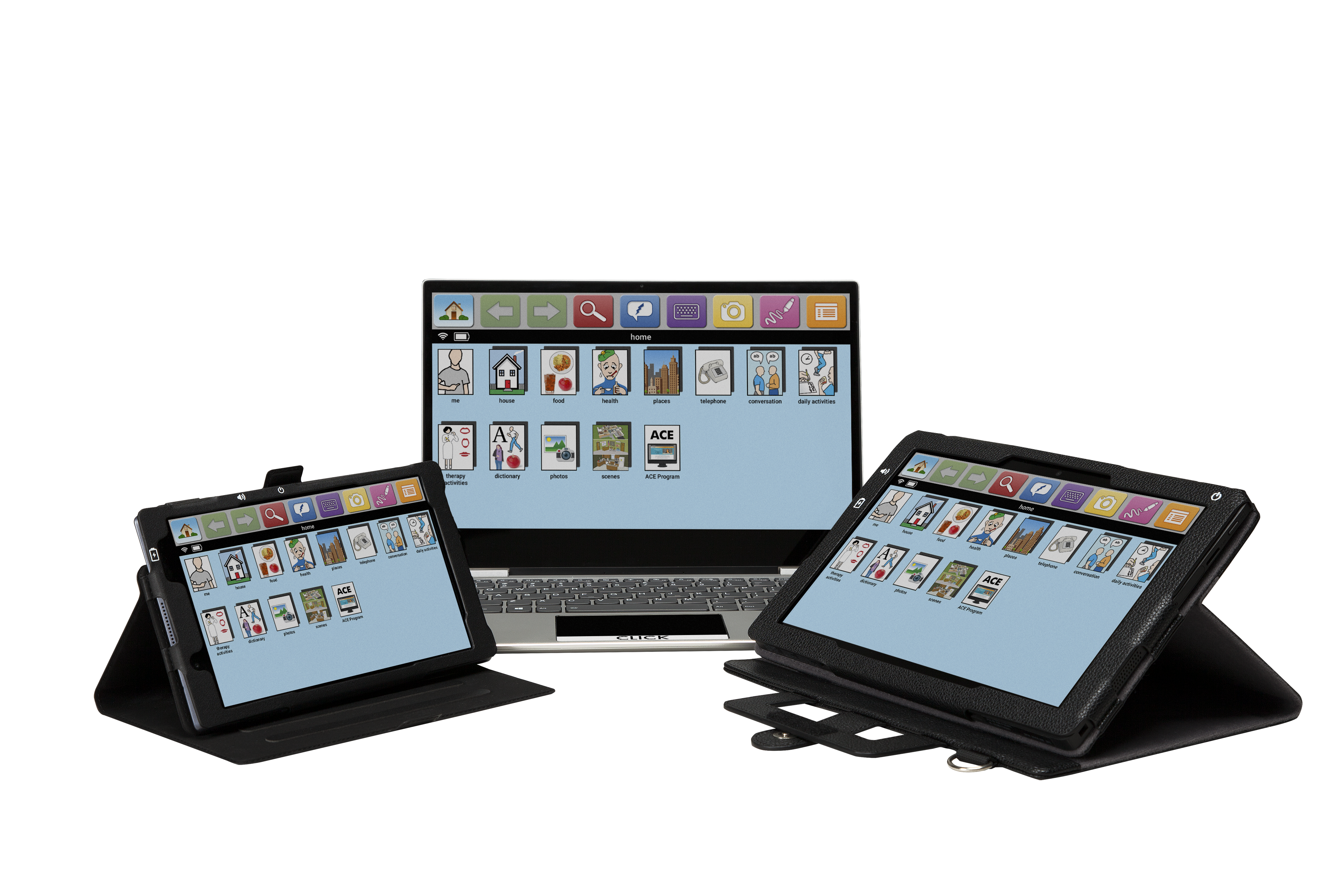
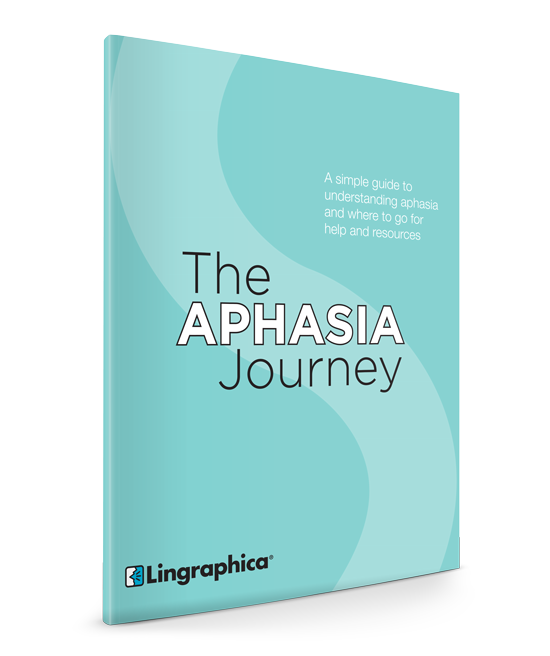
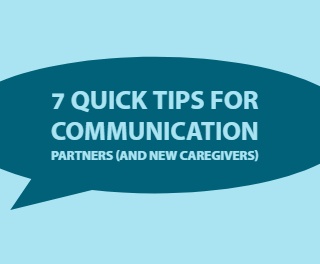
.png)